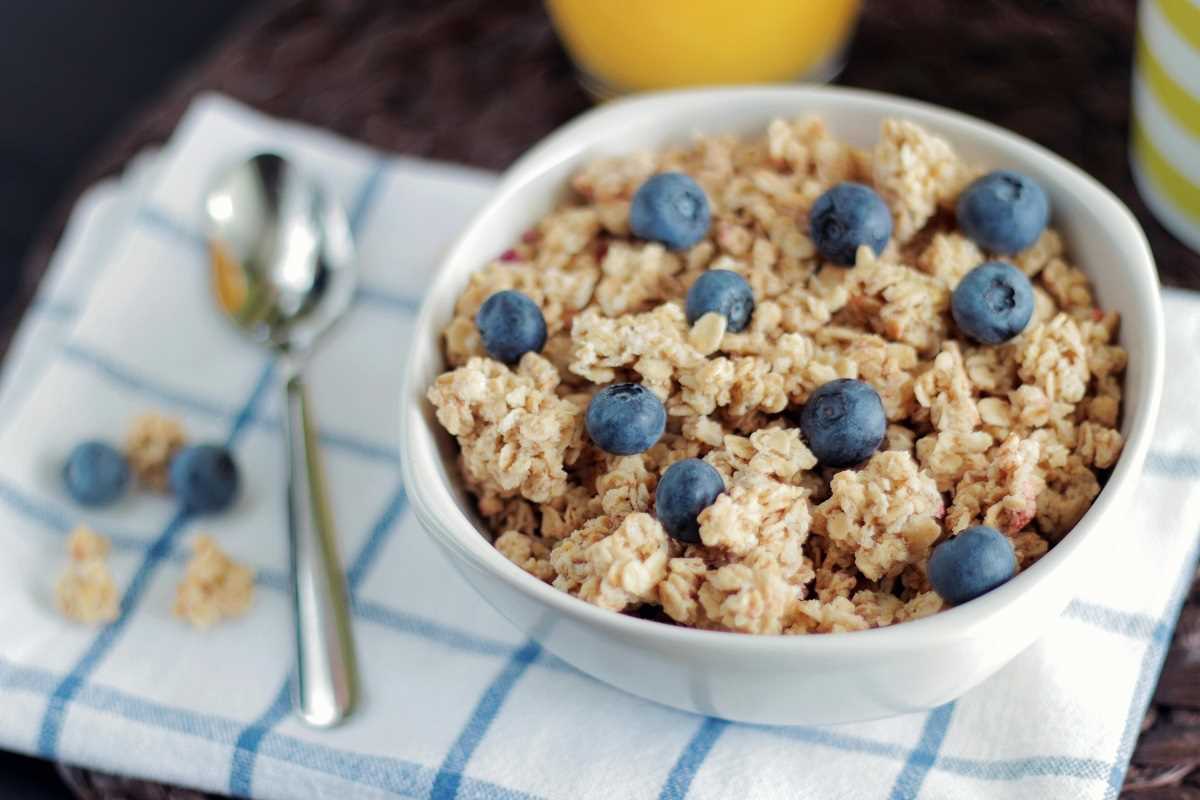Starting your fitness journey can be both exciting and overwhelming. With all the advice out there, it’s easy to end up wondering whether you should focus on cardio, weight training, or a mix of both. The good news is that combining cardio and weight training can deliver incredible benefits if approached thoughtfully. This guide will help you simplify the process and give you everything you need to create a balanced routine that supports your fitness goals.
Whether you’re aiming to lose weight, build muscle, or simply improve your overall health, this comprehensive guide will provide you with practical tips and strategies to balance cardio and weight training in a way that’s effective, sustainable, and enjoyable.
Cardio vs. Weight Training: Understanding the Essentials
To create a balanced workout regimen, it helps to understand what each type of exercise brings to the table.
What is Cardio?
Cardio, short for cardiovascular exercise, consists of activities that get your heart rate up and make you break a sweat. These workouts improve the health of your heart, lungs, and circulatory system. Popular forms include running, brisk walking, cycling, swimming, dancing, and aerobics.
Not only does cardio help improve endurance and stamina, but it also burns calories efficiently, making it a popular choice for those looking to shed excess weight. For instance, a 30-minute session of moderate-intensity running can burn roughly 300-400 calories, depending on your body weight and running speed.
What is Weight Training?
Weight training, also known as resistance training, focuses on building muscle strength by challenging your muscles with resistance. This can be achieved using free weights (like dumbbells or barbells), machines, resistance bands, or just your body weight through movements such as push-ups or squats.
Weight training is not just about building bulky muscles. For beginners, it’s a way to strengthen bones, improve posture, boost metabolism, and maintain muscle mass as they age. For example, even a beginner doing basic bodyweight moves like lunges and planks will notice better muscle definition and improvements in daily activities, such as lifting groceries or climbing stairs.
Why Should You Combine Cardio and Weight Training?
While cardio and weight training each offer unique benefits, combining them creates a more well-rounded approach to fitness. Cardio focuses on heart health and stamina, while weight training builds muscle and increases metabolism. When you include both in your routine, you’ll enjoy benefits such as:
- Improved cardiovascular fitness and strength.
- Better calorie burn during and after workouts due to muscle development.
- Reduced risk of injuries from a stronger, more balanced body.
- Enhanced mood and reduced stress through diverse workouts.
Instead of choosing between cardio or weight training, why not take advantage of the best of both worlds?
Benefits of a Balanced Fitness Routine
When done correctly, balancing both cardio and weight training can produce powerful results, especially for beginners who are just establishing their fitness habits. Here are some specific benefits to look forward to:
1. Boosted Heart Health and Endurance
Regular cardiovascular exercise strengthens your heart by making it pump more efficiently. Over time, this can reduce your resting heart rate and lower your risk of conditions like high blood pressure, heart disease, and stroke. By combining cardio and weight training, you build endurance alongside strength, which means you’ll have more energy to get through daily tasks or take on physical challenges.
2. Synergistic Muscle Growth and Fat Loss
Many people fear that cardio might interfere with muscle-building goals, but the truth is that the balance of both workouts can enhance muscle definition. Weight training shapes the muscles, while cardio reduces fat covering them. For example, if you focus only on cardio, you might lose weight but lack muscle tone. Combining both ensures you maintain lean muscle while shedding fat.
3. Improved Metabolism
Muscles don’t just look good; they’re also metabolically active. The more muscle mass you have, the more calories you burn even at rest. Weight training increases your resting metabolic rate (RMR), and adding cardio helps torch additional calories during workouts. This combination makes your metabolism more effective for sustaining weight loss or achieving body composition goals.
4. Reduced Workout Boredom and Plateaus
Mixing cardio and weight training adds variety to your fitness routine, keeping it engaging. If you’ve hit a plateau where results seem stalled, trying a combination approach might jumpstart progress again. For example, alternating between high-intensity interval training (HIIT) cardio and traditional strength sessions gives your body new challenges to adapt to.
5. Sustainable Long-Term Fitness
A routine with balanced cardio and weight training prepares your body for both short-term and long-term health. You’ll improve your quality of life with greater mobility, flexibility, and functional strength while reducing risks like osteoporosis or muscle loss later in life.
How to Balance Cardio and Weight Training Effectively
Now that you’re motivated to try both, the next big step is figuring out how to structure your workouts.
1. Set Your Goals
Your primary fitness goal determines how you should prioritize cardio and weight training. Here are some examples:
- If weight loss is your goal, focus more on calorie-burning cardio but don’t neglect weight training. Strength training protects muscle tissue during weight loss, ensuring you lose fat rather than muscle.
- If building muscle is your goal, prioritize weight training at least three times a week. Add low or moderate-intensity cardio, such as a 20-minute walk or bike ride, for recovery and heart health.
- If improving endurance is your goal, cardio should take center stage, but aim to incorporate weight training 1-2 times a week to maintain joint and muscle strength.
2. Structure Your Workout Plan
To create a balanced weekly plan, aim for 3-5 workouts per week. Here’s a sample plan for beginners:
- Monday: Full-body Weight Training (focus on compound exercises like squats, push-ups, and rows)
- Tuesday: Low-Intensity Cardio (e.g., a 30-minute walk or light cycling)
- Wednesday: Rest/Active Recovery (stretching, yoga, or light mobility exercises)
- Thursday: Upper-Body Weight Training (chest, back, arms, shoulders)
- Friday: HIIT Cardio (e.g., short bursts of sprints followed by recovery jogging)
- Saturday: Lower-Body Weight Training (deadlifts, lunges, calf raises)
- Sunday: Rest or light cardio (e.g., easy swimming or brisk walking)
This structure allows for balanced strength, endurance, and adequate recovery.
3. Combine Workouts When Short on Time
Life gets busy, but you can still get a balanced workout by combining cardio and strength training in one session. For example:
- Perform circuit training by alternating resistance moves (like kettlebell swings or squats) with short bursts of cardio (like jumping jacks or sprint intervals).
- Start your workout with strength training to ensure optimal performance, followed by 15-20 minutes of cardio as a finisher.
These mixed sessions are efficient and pack a punch when time is tight.
4. Monitor Intensity Levels
- For cardio, beginners can start with a manageable intensity such as brisk walking or moderate cycling. Gradually progress to more challenging activities, like running or High-Intensity Interval Training (HIIT).
- For weight training, begin with lighter weights and focus on learning proper technique. A good starting point is aiming for 8-12 reps per set, with 2-3 sets per exercise.
Keeping intensity manageable helps prevent injury and keeps you motivated to stick with your routine.
5. Rest and Recover
Rest is where your progress happens. Without adequate recovery, you risk exhaustion or injury. Plan 1-2 rest days weekly, and never skip your warm-up or cool-down routine. For example, dynamic stretches before workouts get your muscles ready, while post-workout static stretches reduce soreness and improve flexibility.
Additionally, prioritize hydration and consider your nutrition. A balanced diet rich in protein, carbohydrates, and healthy fats will fuel your workouts and aid recovery.
6. Stay Consistent and Adjust
Tracking your progress helps you stay on course. Use a fitness journal or app to log workouts, measure improvements, and celebrate milestones. If you find certain aspects of your routine stale or no longer challenging, switch it up! Variety keeps workouts exciting and your body guessing.
Avoid Common Beginner Pitfalls
Beginners often face a few challenges when trying to balance cardio and weight training. Here’s how to steer clear of common mistakes:
- Overtraining: More isn’t always better. Start slow and listen to your body. Gradually build up workout intensity and duration to avoid overuse injuries.
- Skipping Nutrition: You can’t out-train a poor diet. Eating clean, nutrient-packed meals will amplify your workout efforts.
- Neglecting Technique: Poor form during strength exercises or unsafe running habits can lead to preventable injuries. Prioritize technique over heavy weights or speed as a beginner.
- Focusing on Only One Aspect: A well-rounded fitness routine needs cardio, strength, and recovery. Avoid overemphasizing one at the expense of the others.
Final Words of Encouragement
Balancing cardio and weight training might feel like a lot at first, but it doesn’t have to be complicated. You don’t have to be perfect; you just have to be consistent. Whether it’s a brisk walk, a quick HIIT class, or a basic bodyweight session, every step you take builds toward a healthier, stronger you.
 (Image via
(Image via





